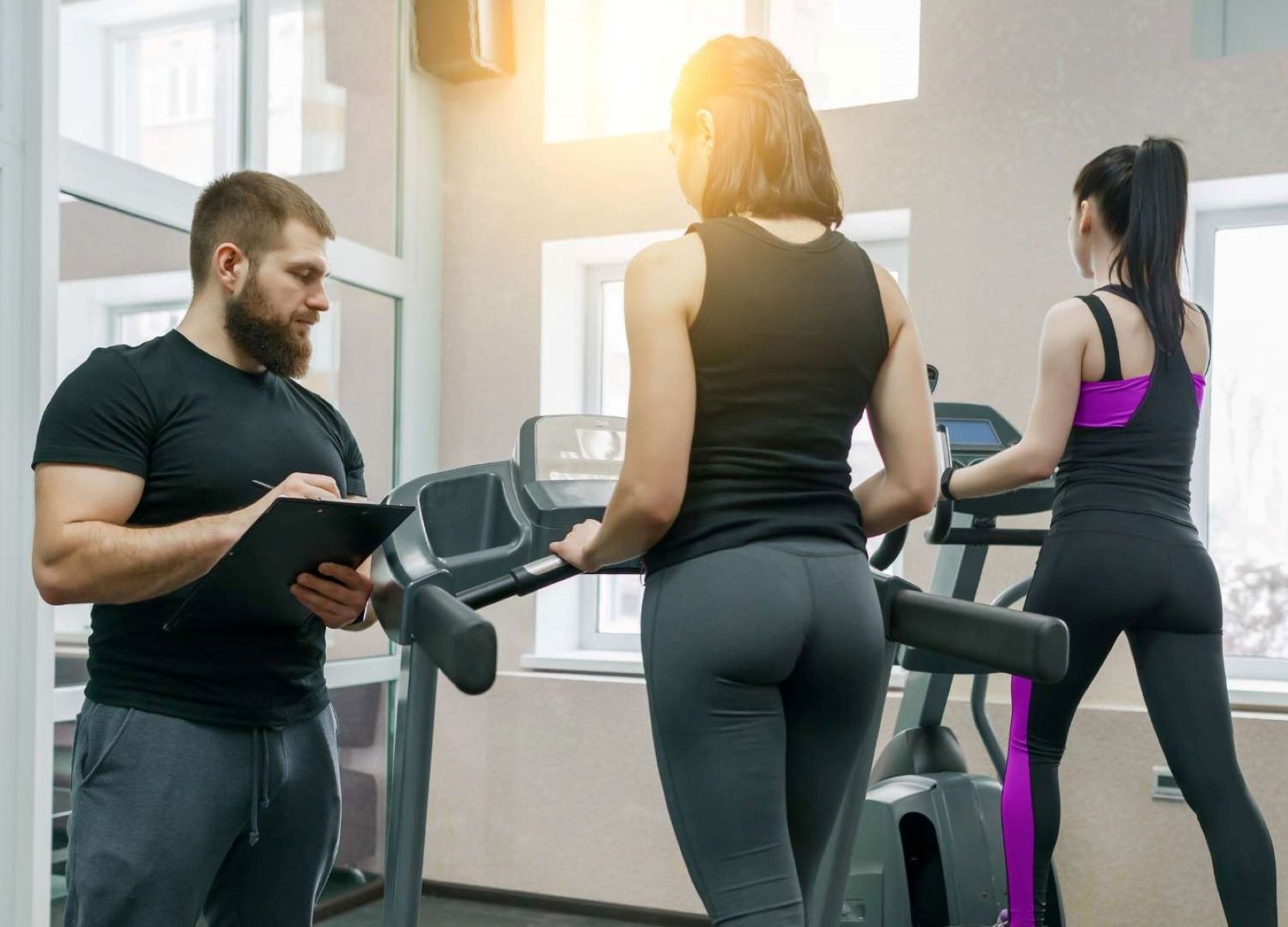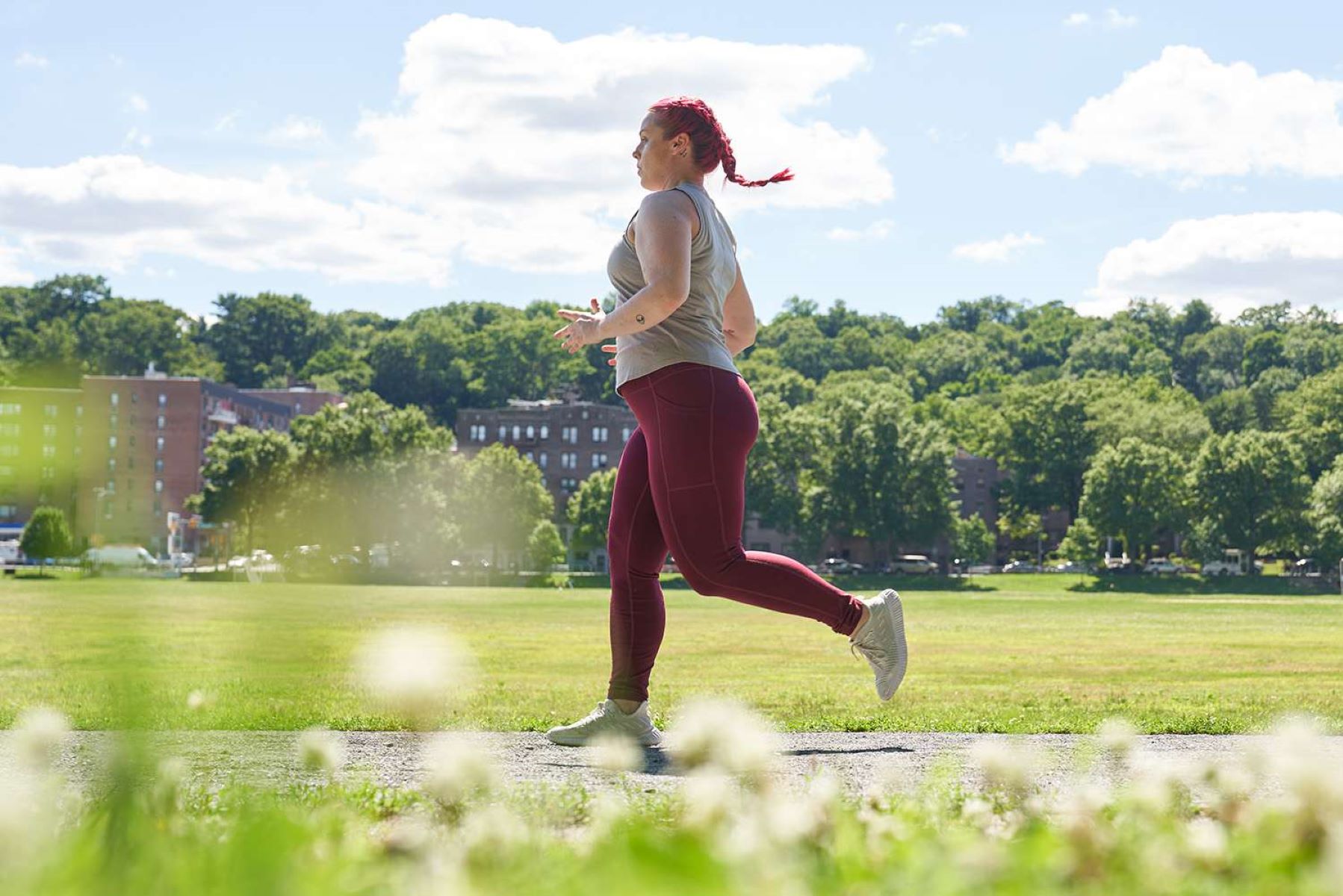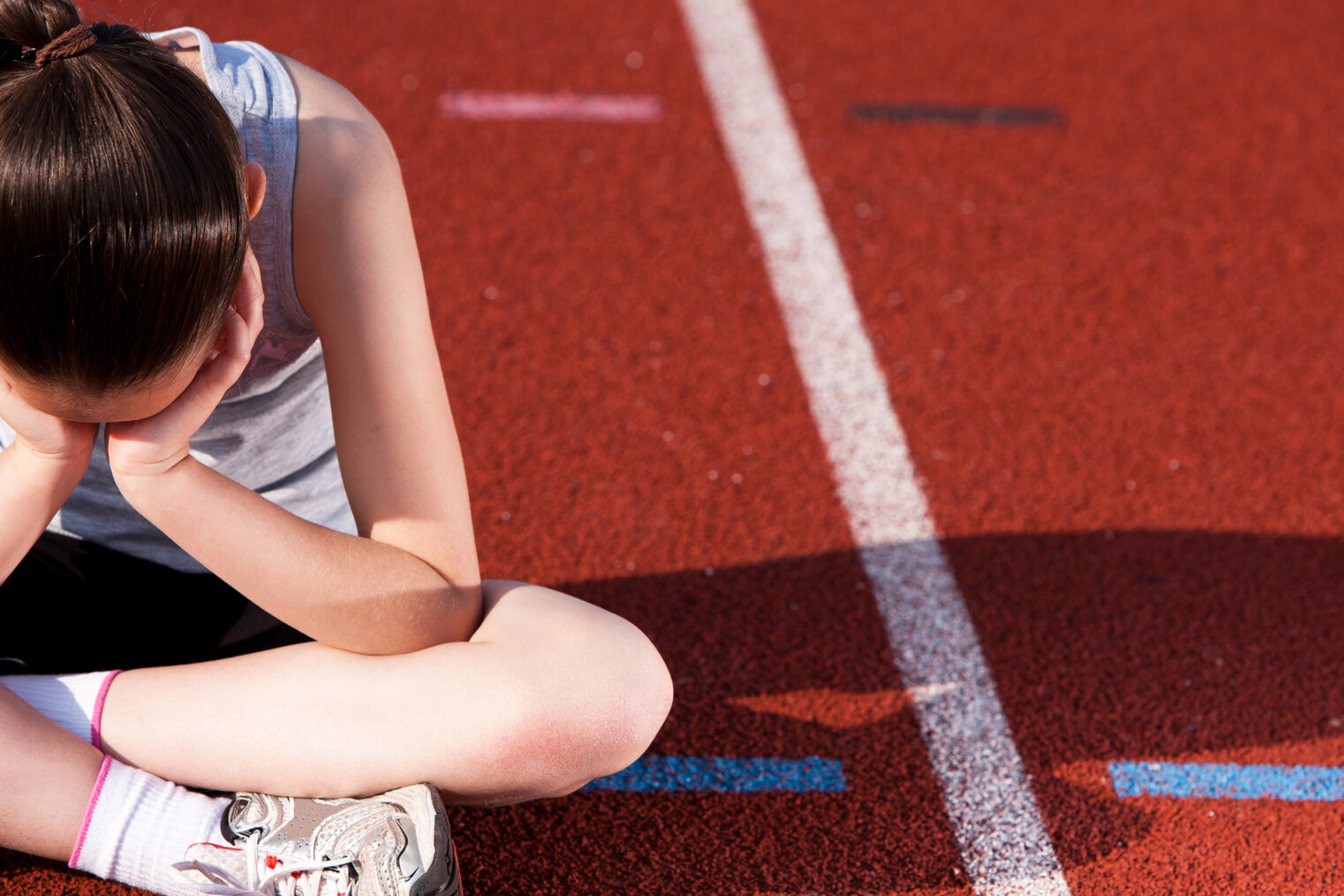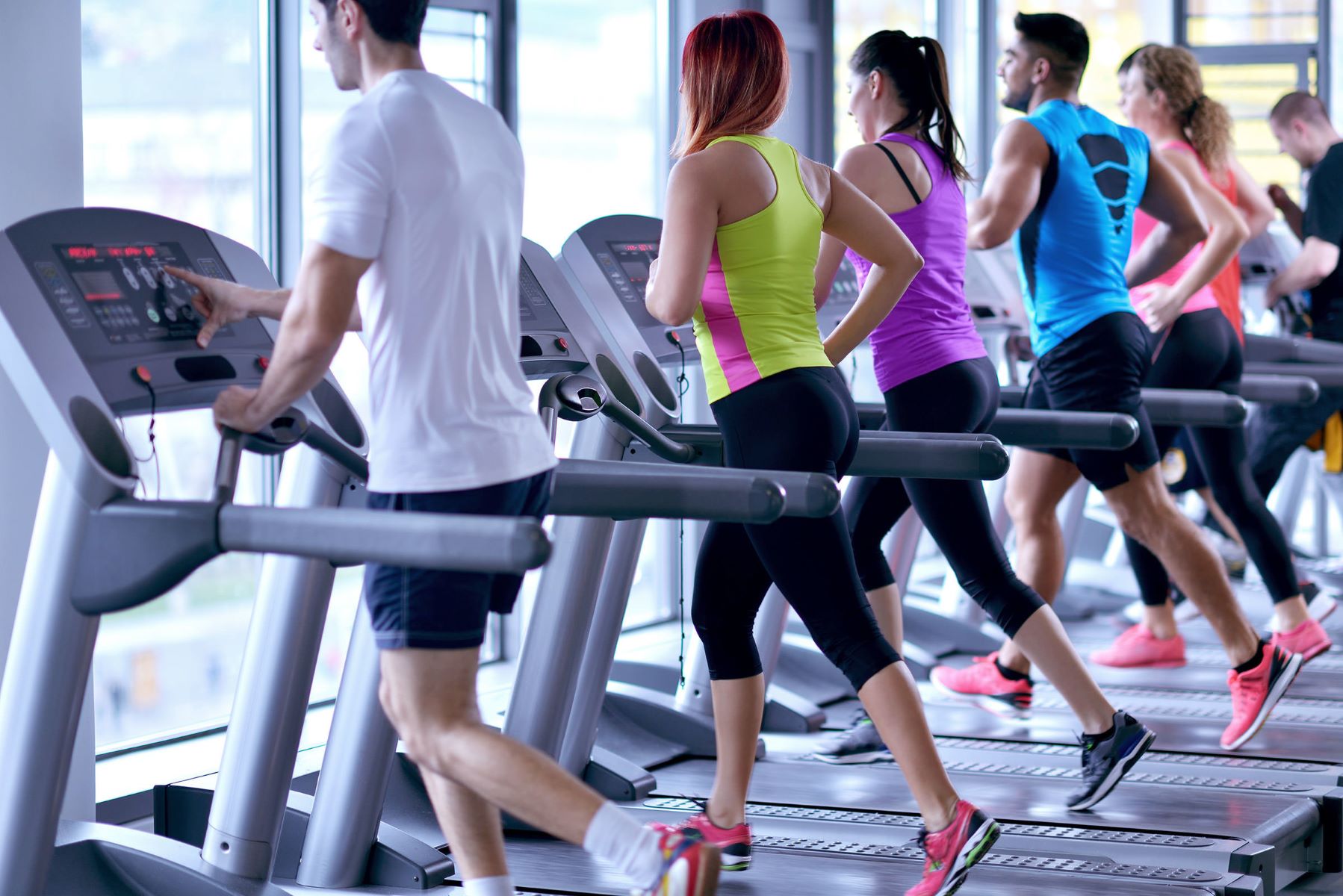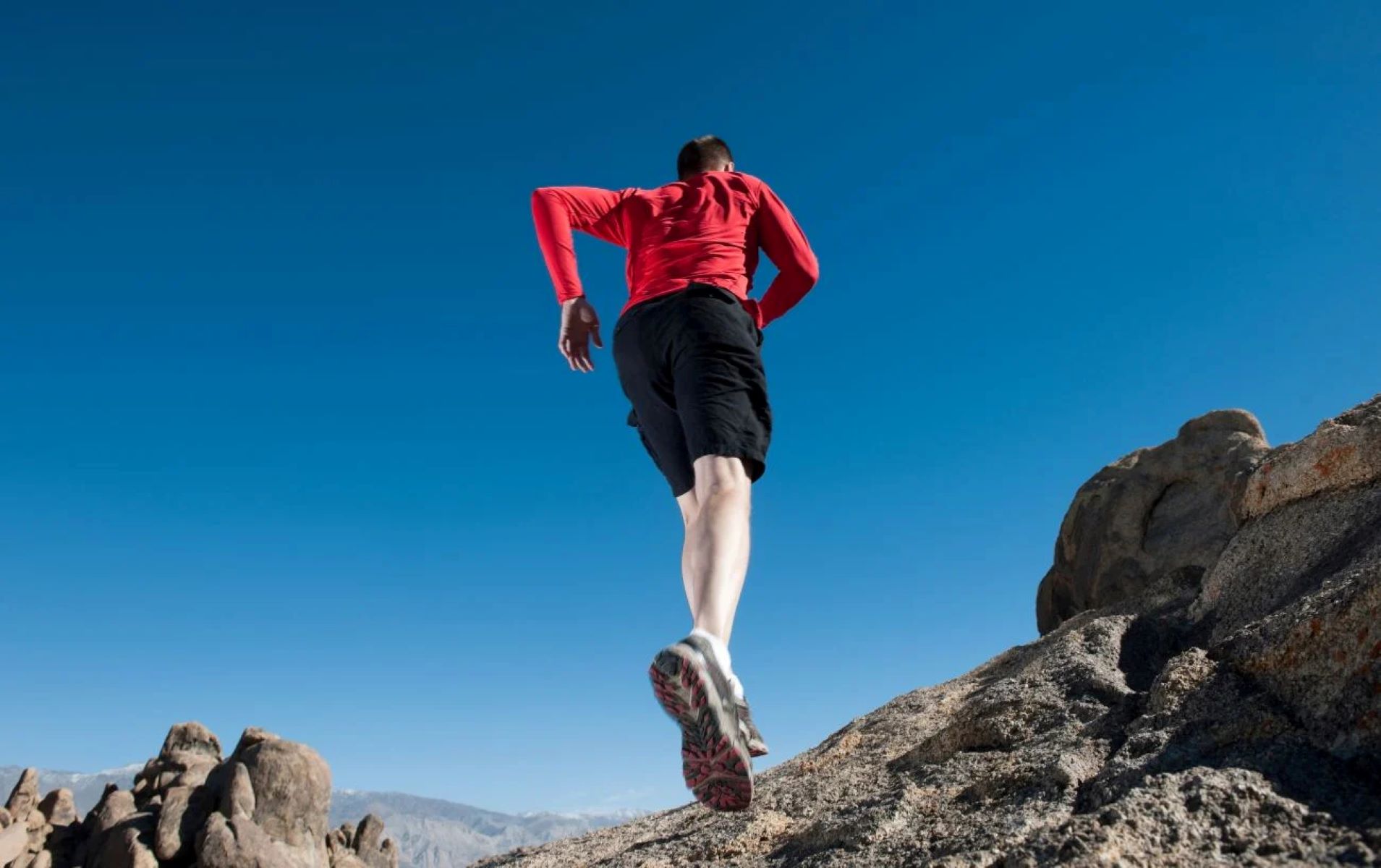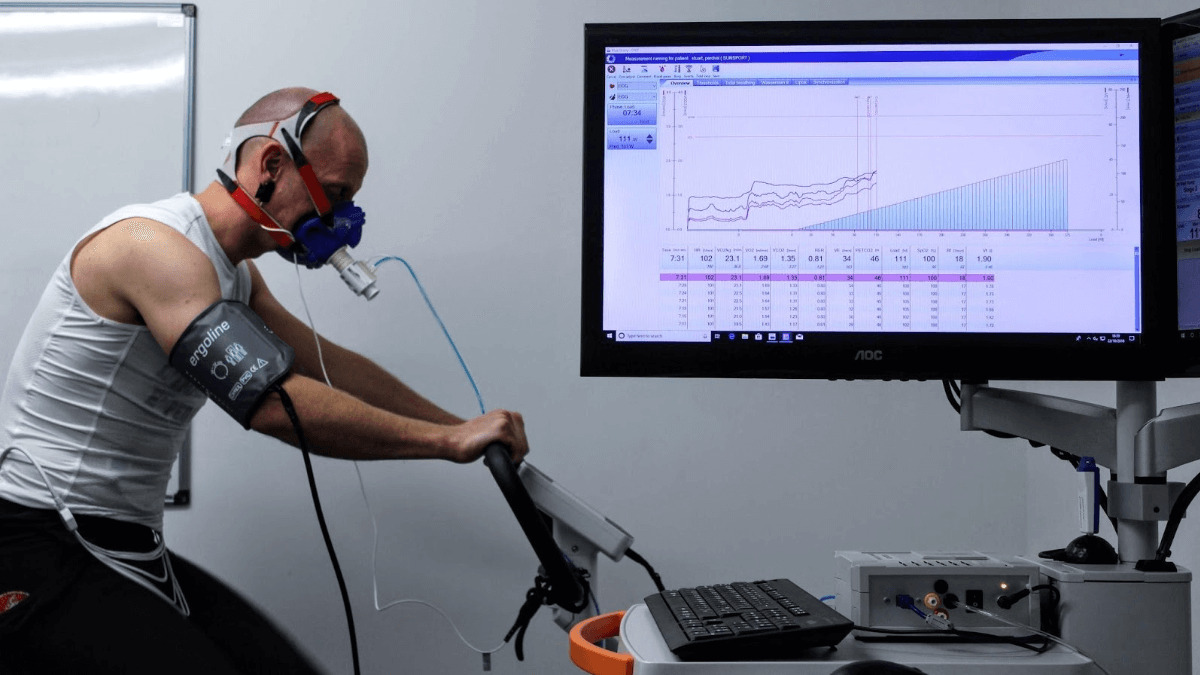Home>Misc>Featured>Why Do Cross Country Skiers Have High Vo2 Max
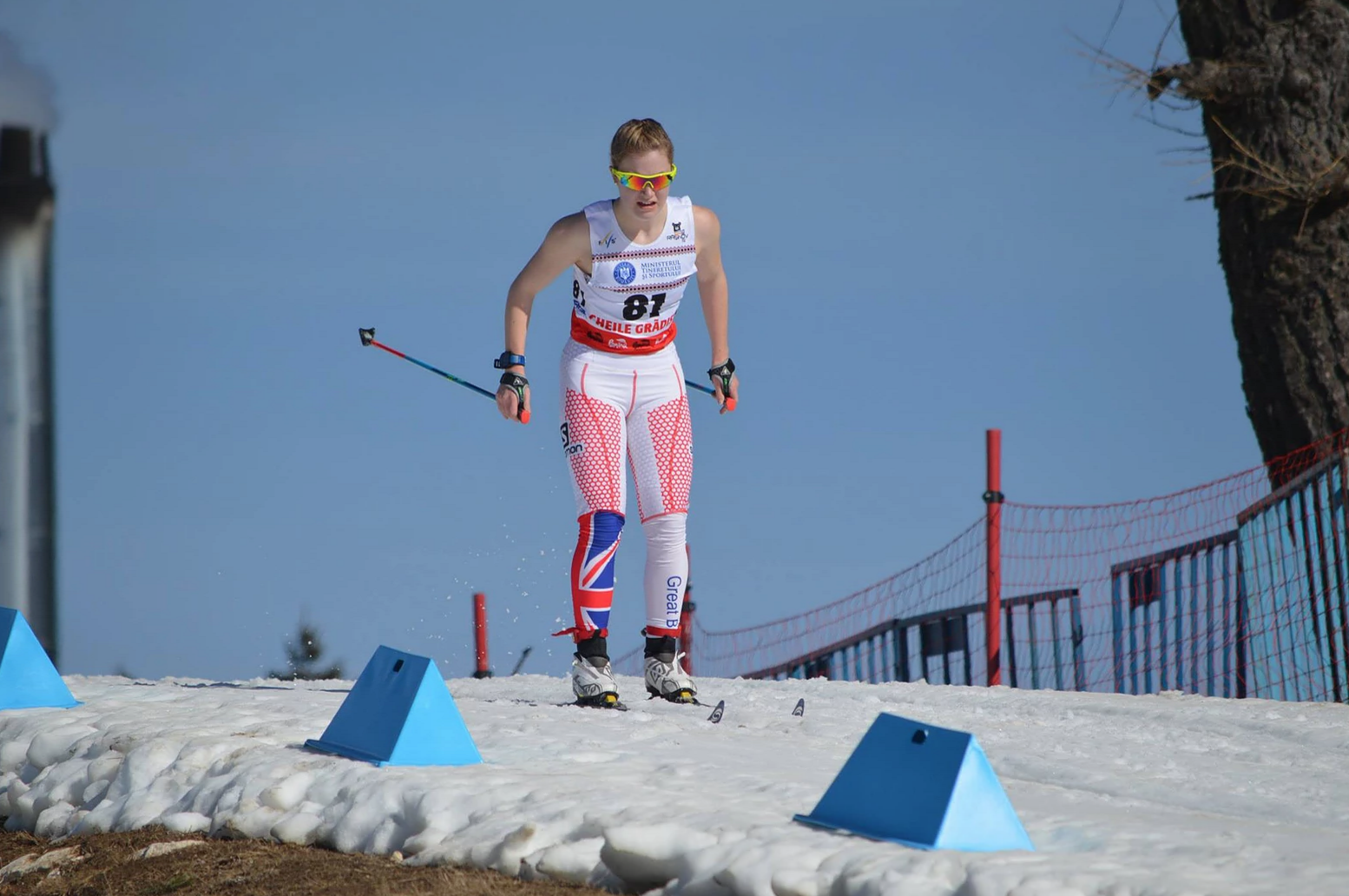

Featured
Why Do Cross Country Skiers Have High Vo2 Max
Published: August 28, 2023
Discover why cross country skiers have high Vo2 max and how it can benefit your fitness routine. Get inspired with this featured article.
Introduction
Cross-country skiing is a challenging and physically demanding sport that requires endurance, stamina, and muscular strength. One key factor that distinguishes successful cross-country skiers is their ability to maintain a high VO2 max. But what exactly is VO2 max and why is it so important in this sport?
VO2 max, also known as maximal oxygen uptake, is a measure of an individual’s maximum capacity to utilize oxygen during intense exercise. It is considered a strong indicator of cardiorespiratory fitness and endurance performance. The higher the VO2 max, the more oxygen a person’s muscles can use, allowing them to sustain high-intensity exercise for longer periods.
Cross-country skiing, with its combination of continuous movement and intense effort, places significant demands on the cardiovascular and respiratory systems. Skiers need to maintain a high level of aerobic fitness to sustain the prolonged, repetitive motions required during races and training sessions.
Due to the nature of the sport, cross-country skiers often have some of the highest VO2 max values among athletes across different disciplines. This exceptional level of aerobic capacity allows them to maintain a high speed over long distances and recover quickly during races and training sessions.
But what factors contribute to the high VO2 max that is characteristic of cross-country skiers? How can athletes improve their VO2 max to enhance their performance on the snow? In the following sections, we will explore these questions and delve into the training methods that can help cross-country skiers maximize their VO2 max.
What is VO2 max?
VO2 max, also known as maximal oxygen uptake, is a measure of an individual’s maximum capacity to utilize oxygen during intense exercise. It is considered a gold standard in assessing cardiorespiratory fitness and endurance performance. VO2 max is typically expressed as milliliters of oxygen consumed per kilogram of body weight per minute (ml/kg/min).
During exercise, our muscles require oxygen to generate energy. The more oxygen our muscles can use, the more efficiently they can produce energy for sustained physical activity. This is where VO2 max becomes crucial. It represents the highest rate at which our body can transport and use oxygen during exercise.
A higher VO2 max indicates a more efficient cardiovascular and respiratory system, allowing athletes to perform at higher intensities for extended periods. It is a key determinant of endurance performance in various sports, including running, cycling, rowing, and of course, cross-country skiing.
VO2 max testing involves subjects performing a graded exercise test on a treadmill or cycle ergometer, gradually increasing the intensity until they reach their maximal effort. Throughout the test, the subject’s oxygen consumption, heart rate, and other physiological measurements are monitored.
While genetics play a significant role in determining an individual’s VO2 max potential, it can also be improved through consistent training and proper conditioning. Cross-country skiers, in particular, strive to push their VO2 max to the highest levels possible to gain a competitive advantage in their sport.
Now that we understand the significance of VO2 max in endurance performance, let’s explore why cross-country skiers often have some of the highest VO2 max values among athletes and the factors that contribute to their exceptional aerobic capacity.
Cross-country skiing as a sport
Cross-country skiing, also known as Nordic skiing, is a winter sport that originated in Scandinavia and has gained popularity around the world. It involves gliding over snow-covered terrain using skis and poles, with athletes propelling themselves forward using a combination of upper and lower body movements.
Unlike downhill skiing, which emphasizes speed and downhill slopes, cross-country skiing is known for its endurance aspect. Athletes participate in races that can range from short sprints to long-distance events, covering various terrains, including flat tracks, uphill climbs, and downhill descents.
One of the defining features of cross-country skiing is the continuous and rhythmic movement it requires. Skiers use a technique called the “diagonal stride,” where they push off with one ski while gliding forward with the other. This motion engages the core, leg muscles, and upper body, resulting in a demanding full-body workout.
Cross-country skiing also places significant demands on the cardiovascular and respiratory systems. Athletes need to maintain a high level of aerobic fitness to meet the energy demands of sustained effort over long distances and varying terrains.
The sport of cross-country skiing offers a unique blend of endurance, strength, balance, and technique. Athletes must not only possess high levels of cardiovascular fitness but also have excellent muscular strength and coordination to maintain efficiency and speed during races.
Due to the physical demands of the sport, cross-country skiers often have some of the highest VO2 max values among athletes in different disciplines. Their ability to sustain a high level of aerobic activity for extended periods enables them to excel in the sport and compete at elite levels.
Now that we understand the nature of cross-country skiing as a sport, let’s explore the factors that contribute to cross-country skiers’ remarkable VO2 max values.
Factors contributing to high VO2 max in cross-country skiers
There are several factors that contribute to cross-country skiers’ exceptionally high VO2 max values. These factors can be attributed to both physiological adaptations and the specific demands of the sport itself.
Genetics: Genetics play a significant role in determining an individual’s VO2 max potential. Some people naturally have a higher predisposition for aerobic capacity, which can provide a head start in achieving high VO2 max values. However, it’s important to note that even those with average genetic potential can still improve their VO2 max through consistent training.
Aerobic training: Cross-country skiing involves long-duration, continuous exercise that primarily relies on aerobic metabolism. This type of training stimulates physiological adaptations in the cardiovascular system, including increased stroke volume, cardiac output, and oxygen-carrying capacity of the blood. Regular endurance training is crucial for improving VO2 max in cross-country skiers.
Altitude training: Many cross-country skiers train at high-altitude locations, where the oxygen concentration is lower. This stimulates the body to produce more red blood cells to compensate for the reduced oxygen availability. The increased red blood cell count improves oxygen-carrying capacity and enhances endurance performance, leading to higher VO2 max values.
Efficient technique: Proper technique is vital in cross-country skiing to maximize efficiency and conserve energy. Skiers who have mastered the correct technique can glide effortlessly, minimizing resistance and allowing them to maintain higher speeds for longer periods. This efficiency translates to a lower energy expenditure, which can contribute to improved VO2 max values.
Muscular strength and endurance: Cross-country skiing demands not only cardiovascular fitness but also muscular strength and endurance. The repetitive motion of pushing off with the poles and engaging the lower body muscles requires significant leg and core strength. Skiers with well-developed muscles in these areas can generate more power, sustain higher speeds, and improve their VO2 max capacity.
Mental resilience: Cross-country skiing is a mentally demanding sport that requires athletes to push through physical discomfort and fatigue. Skiers with high levels of mental resilience and the ability to maintain focus during races can sustain higher intensities, leading to improved VO2 max performance.
The combination of these factors, along with consistent training and dedication, contributes to the remarkably high VO2 max values seen in cross-country skiers. Improving VO2 max is not only critical for achieving success in the sport but also for overall cardiovascular health and fitness.
Training methods for improving VO2 max in cross-country skiing
Cross-country skiers are constantly striving to improve their VO2 max to enhance their performance on the snow. Fortunately, there are several effective training methods that can help athletes maximize their aerobic capacity and achieve higher VO2 max values. Here are some key strategies:
Interval training: Interval training involves alternating periods of high-intensity exercise with periods of active recovery. This type of training stimulates the cardiovascular system, pushing it to adapt and improve VO2 max. For cross-country skiers, interval sessions typically involve skiing at or near race pace for a set distance or time, followed by a period of slower skiing to recover. This repeated cycle of intensity and recovery is highly effective in improving aerobic capacity.
Long endurance sessions: Endurance training is crucial for developing a strong aerobic base. Long-duration, low to moderate intensity sessions are essential for building cardiovascular fitness and improving VO2 max. Cross-country skiers often incorporate longer ski sessions, lasting anywhere from one to several hours, to enhance their endurance capabilities and aerobic capacity.
Specificity training: To improve VO2 max in cross-country skiing, it’s important to include training sessions that mimic the demands of the sport. This can include skiing on various terrains, practicing different techniques, and simulating race scenarios during training sessions. By training specifically for the demands of cross-country skiing, athletes can improve their VO2 max in a sport-specific manner.
Strength training: In addition to cardiovascular training, cross-country skiers should also incorporate strength training into their routine. Building strength in the leg and core muscles is essential for generating power and maintaining speed during races. Exercises such as squats, lunges, and core stability exercises can help improve muscular strength and endurance, ultimately contributing to improved VO2 max performance.
Altitude training: Training at high altitude or using altitude simulation methods can provide an additional stimulus for improving VO2 max. The reduced oxygen availability at higher altitudes forces the body to adapt by producing more red blood cells, leading to enhanced oxygen-carrying capacity and improved endurance performance. Many professional cross-country skiers incorporate altitude training camps into their training programs to maximize their VO2 max potential.
Consistency and recovery: Consistency is key when it comes to improving VO2 max. Athletes should aim for a well-structured training plan that includes a balance of different types of workouts, rest days, and adequate recovery. Pushing hard during intense training sessions is important, but it is equally important to allow the body time to rest and recover to avoid overtraining and optimize adaptations.
By implementing these training methods and staying dedicated to their training regimen, cross-country skiers can enhance their aerobic capacity, elevate their VO2 max, and ultimately improve their performance on the snow.
Conclusion
Cross-country skiing is a sport that demands a high level of cardiovascular fitness, endurance, and muscular strength. The ability to maintain a high VO2 max, or maximal oxygen uptake, plays a crucial role in the success of cross-country skiers.
Throughout this article, we have explored the importance of VO2 max and its significance in cross-country skiing. We discussed how VO2 max represents an individual’s maximum capacity to utilize oxygen during intense exercise and how it is a strong indicator of cardiorespiratory fitness and endurance performance.
Cross-country skiers often possess exceptionally high VO2 max values compared to athletes in other disciplines. This can be attributed to various factors, including genetics, specific training methods, altitude training, efficient technique, and mental resilience.
To further improve VO2 max, cross-country skiers can implement effective training methods such as interval training, long endurance sessions, specificity training, strength training, altitude training, and consistent training with adequate recovery.
By pushing their bodies to adapt and improve their aerobic capacity, cross-country skiers can maximize their VO2 max, allowing them to sustain high-intensity efforts over long distances and recover quickly during races and training sessions.
In conclusion, the combination of genetic potential, dedicated training, and a focus on improving VO2 max can be the key to success for cross-country skiers. By continuously striving to enhance their aerobic capacity, these athletes can push the boundaries of their performance on the snow and achieve their goals in this challenging and rewarding sport.
